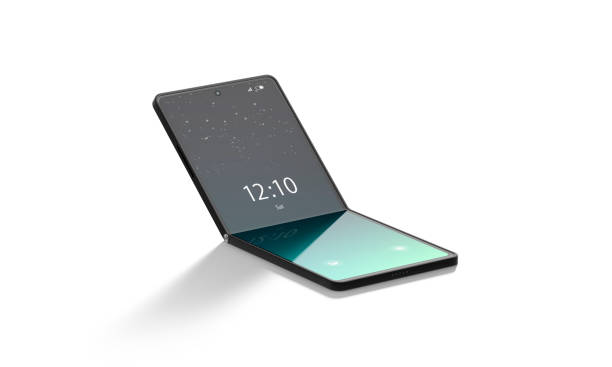From the Drawing Board to Your Pocket: The Journey of Foldable Phones
In the constantly evolving world of technology, the advent of foldable phones is a testament to the relentless pursuit of innovation. These pocket-sized marvels are not just a leap in design, but also a shift in how we perceive and interact with mobile technology.

The Birth of an Idea
The concept of foldable phones isn’t new. The idea had been floating around for a while, simmering in the backrooms of tech giants like Samsung and Motorola. However, the dream of a foldable phone only started to materialize around 2011, when Samsung revealed a prototype of a folding display at the Consumer Electronics Show (CES).
The Concept Takes Shape
Over the years, the concept of foldable phones underwent several design and technology changes. Early designs envisioned two separate screens with a hinge in the middle, being termed as a “dual-screen” phone. However, the real breakthrough came with the development of flexible OLED screens, a flexible yet robust display technology that could withstand continuous folding and unfolding.
The Present Scenario
Today, foldable phones have moved from being a futuristic concept to a consumer reality. Market leaders like Samsung and Huawei have already released their versions of foldable smartphones. Samsung’s Galaxy Fold series and Huawei’s Mate Xs are prime examples of this technology’s potential. These devices offer a unique blend of the convenience of a compact smartphone and the immersive experience of a larger tablet.
Foldable Phones: The Price Tag and Market Impact
Foldable phones are undeniably a luxury product, with prices often exceeding $2000. However, the hefty price tag is justified by the cutting-edge technology and R&D investments that go into their making. As for the market impact, foldable phones are carving out a niche for themselves. According to research by MarketsandMarkets, the foldable display market is projected to grow from $98 million in 2018 to $1.5 billion by 2025.
The Road Ahead
The future looks promising for foldable phones. As the technology matures and manufacturing costs come down, we can expect foldable phones to become more affordable and mainstream. Tech giants are continuously innovating, with rumors of under-display cameras and stylus support in the upcoming models.
As we stand on the cusp of this new era in mobile technology, it’s clear that foldable phones are not just a passing fad but a significant step towards a future where our devices adapt to us, not the other way around.




